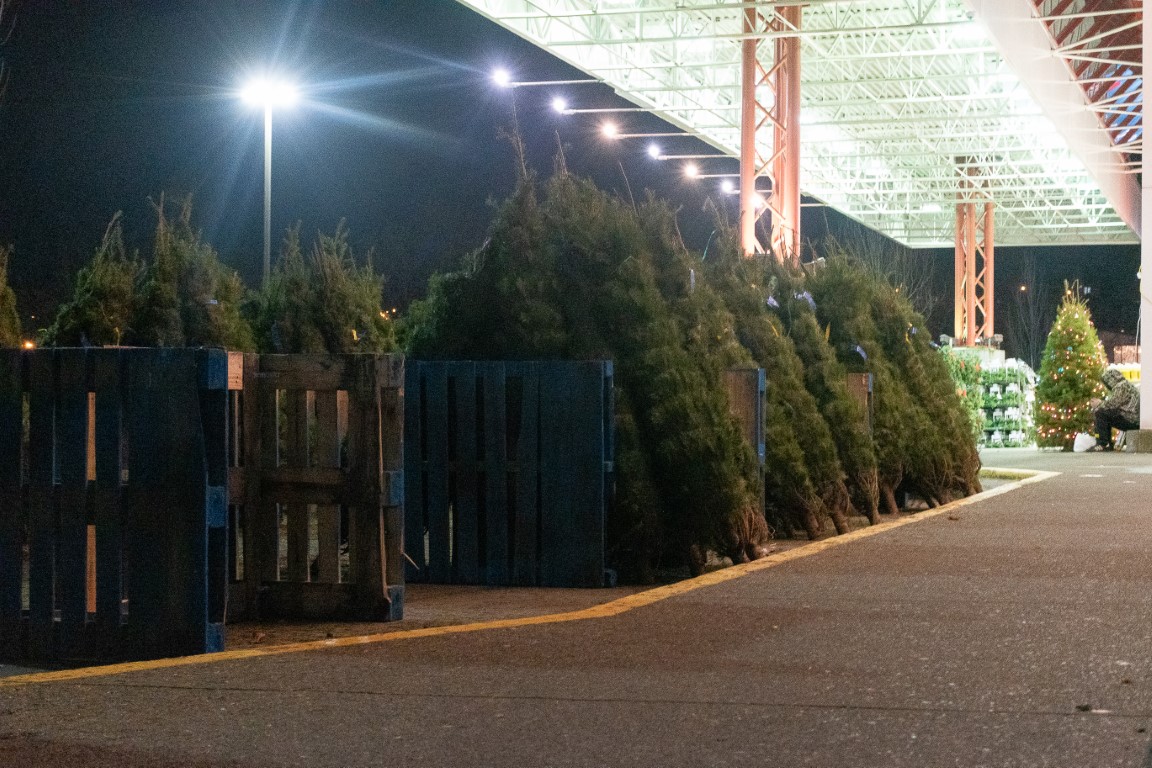
Canadian military rushes to investigate
By Greg Waldock, Staff Writer
Sean Smyrichinsky was diving off the coast of Haida Gwaii, hunting for sea cucumbers, when he stumbled across a large metal device deep underwater.
“I came up telling all my buddies on the boat ‘Hey, I found a UFO. It’s really bizarre.’ And I drew a picture of it, because I didn’t have a camera,” Smyrichinsky said to the Vancouver Sun.
After he talked to a local who told him it could be a nuclear weapon that was left there in the ’50s, Sean researched the story of the bomb and its structure, realizing that what he discovered was very similar to images he found online of a disassembled Mark IV nuclear bomb, specifically of a large container holding explosives filled with TNT.
The nuclear weapon was part of an American nuclear strike simulation. In 1950, a B-36 bomber departing from Alaska en route to Fort Worth, Texas crashed into Mount Kologet after one of its engines caught fire during a training mission. It was carrying a Mark IV nuclear warhead, similar in size to the bombs that detonated over Hiroshima and Nagasaki. It was jettisoned over the Pacific just before the crash, as crew had concerns the TNT and uranium loaded inside could cause damage on the ground. There were 5 casualties of the 17 aboard, and the warhead was never recovered, making it the first known nuclear weapon loss in history.
In most training missions, bombs are replaced with cement-filled dummies. The 1950 simulation was unusual as it used a real 11,000-pound nuclear warhead with active explosives, though without a nuclear core.
The weapon is completely inert, and the American military has said that they “do not believe the bomb is active or a threat to anyone,” according to the BBC.
Smyrichinsky described the weapon he found as one that was cut into parts, with a centre piece that resembles to middle of Fat Man, the atomic weapon used in WWII.
The bomb is not the first piece of wreckage of the crash to turn up on BC’s coast. In 1952, a parachute with a human foot attached was picked up by a fisherman on a nearby island. It was buried in St. Louis until DNA testing in 2001 revealed it belonged to one of the airmen, and the remains were moved to San Francisco.
The Canadian navy is mobilizing several ships to identify and recover the wreckage.

